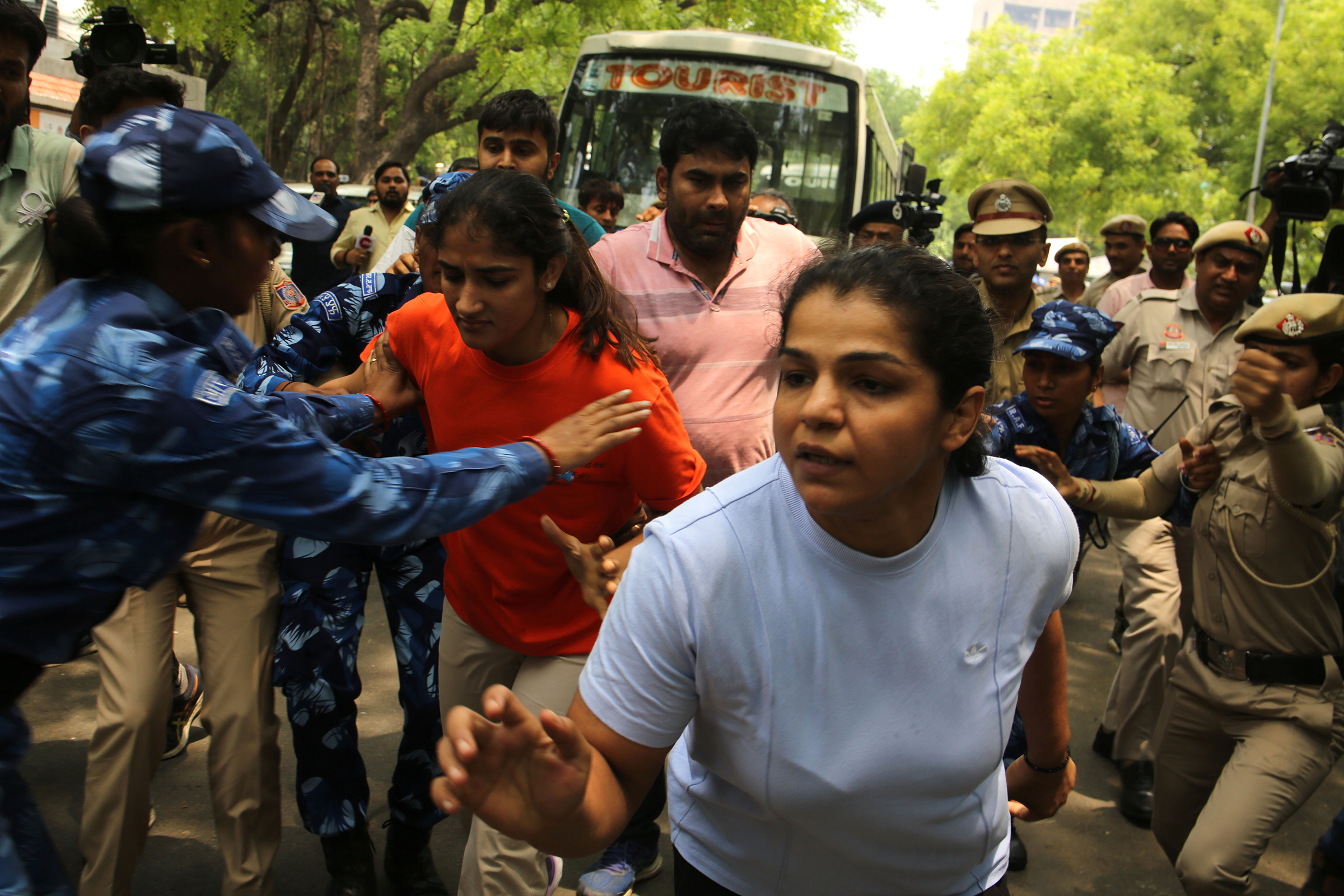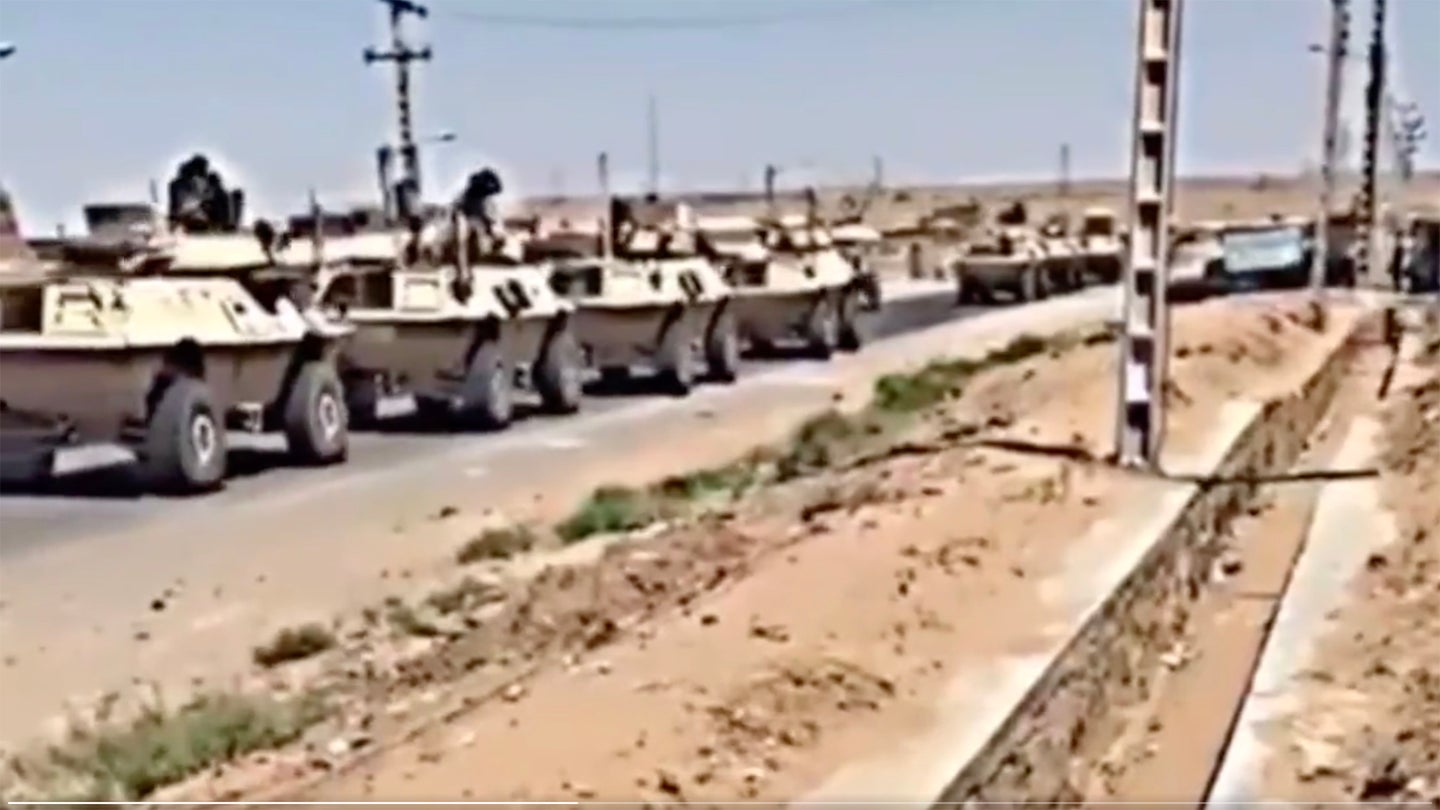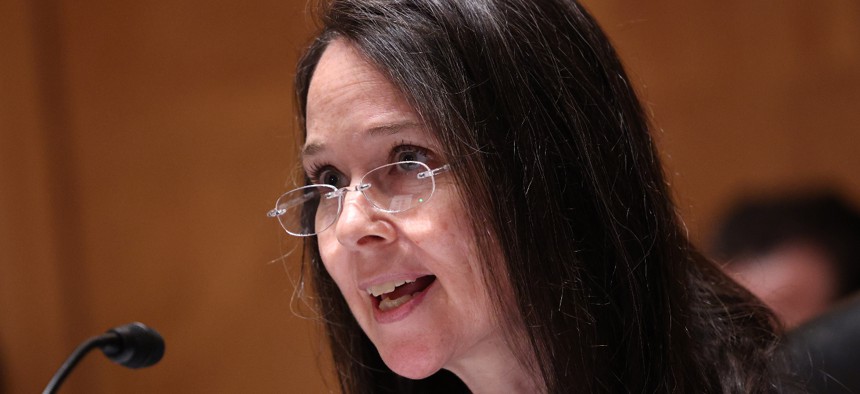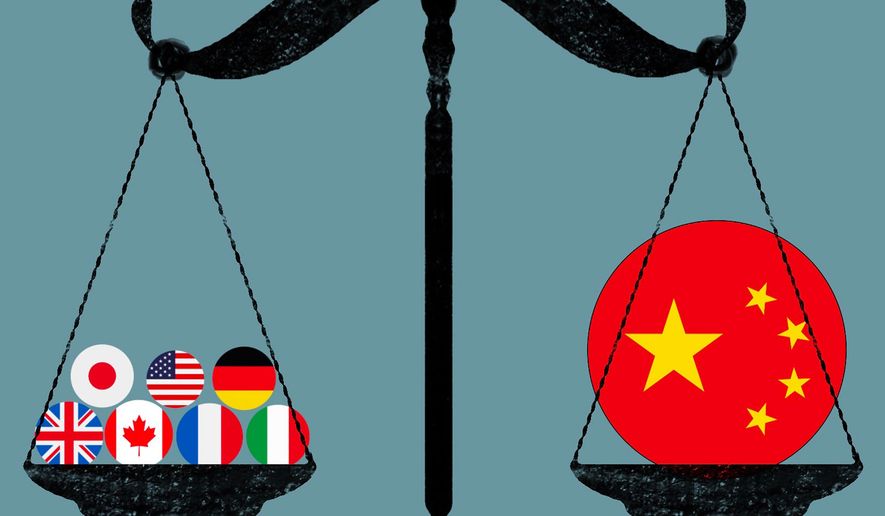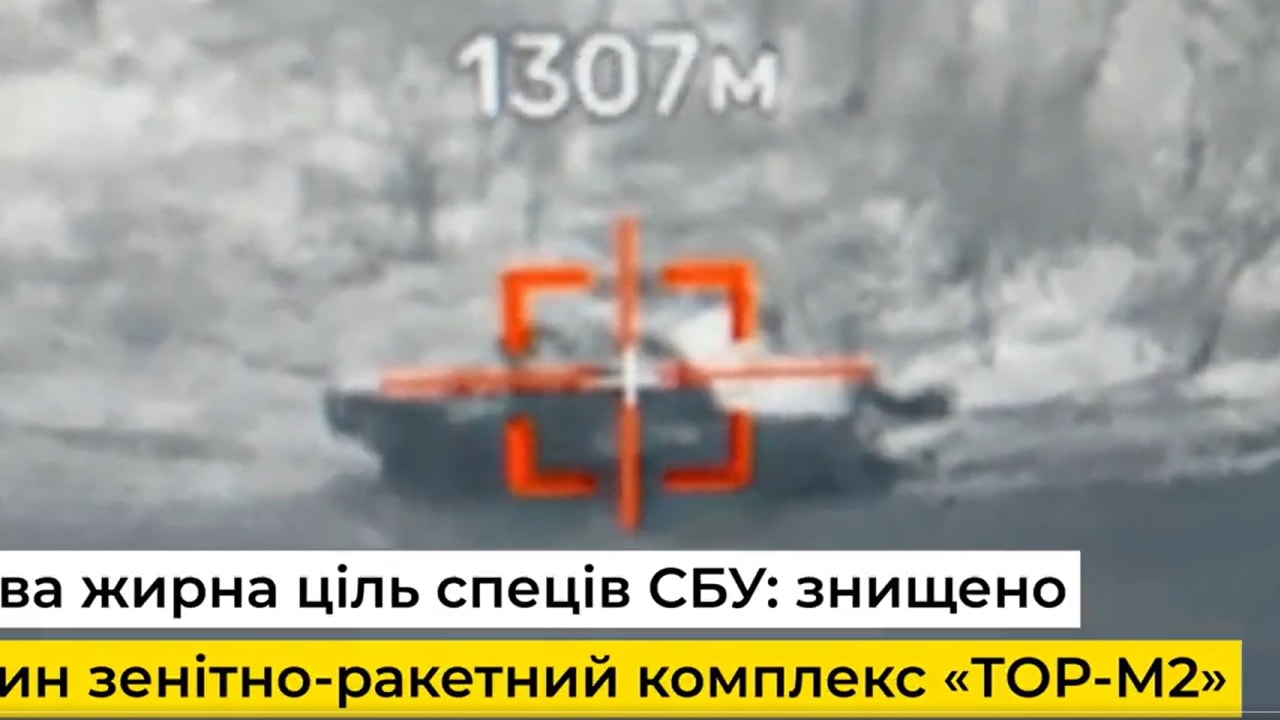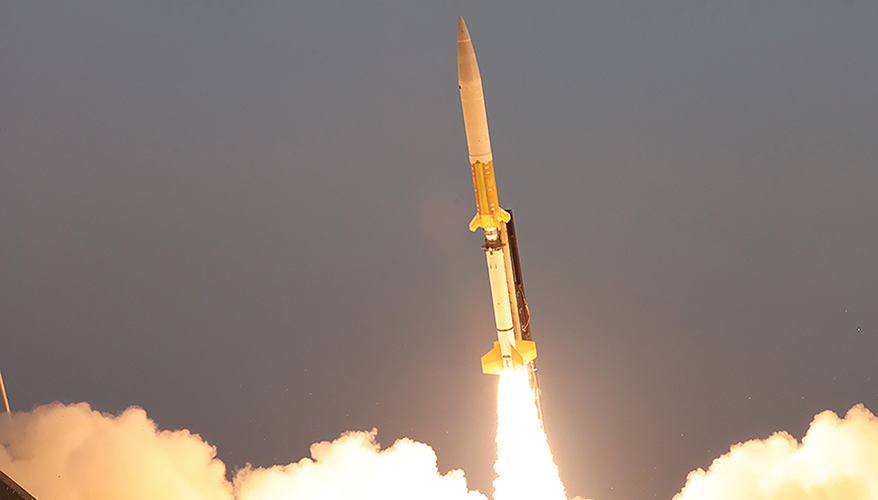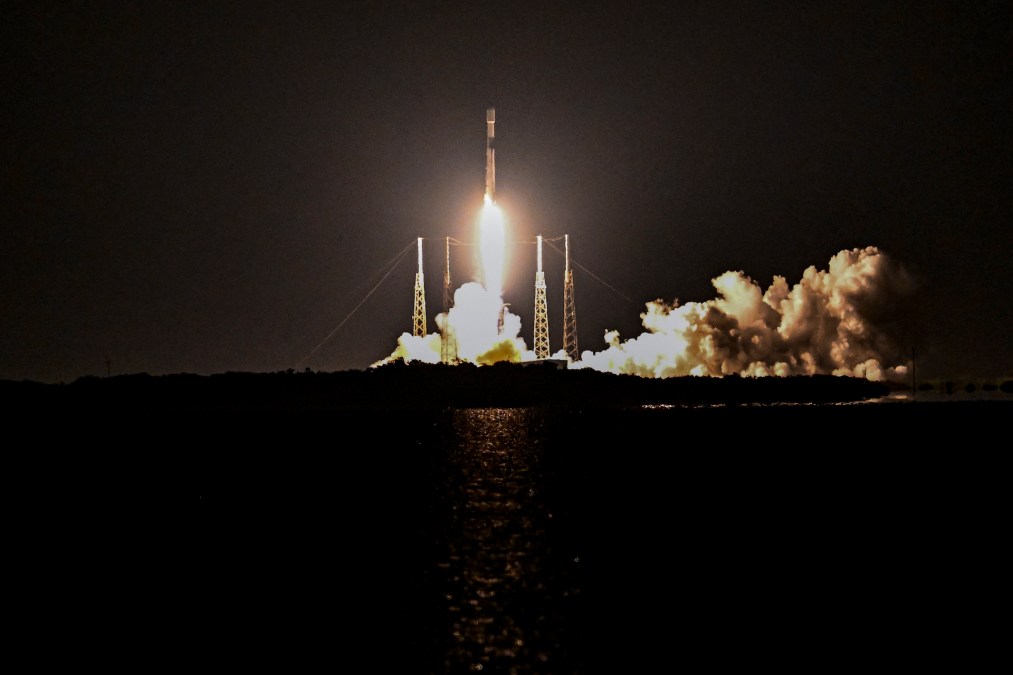AKHIL RAMESH

India’s Prime Minister Narendra Modi, left, shakes hands with Australian Prime Minister Anthony Albanese following a joint press conference at Admiralty House in Sydney, Australia, Wednesday, May 24, 2023. Modi is the only leader of the so-called Quad nations to continue with his scheduled visit to Australia after U.S. President Joe Biden pulled out of a planned meeting of the group in Sydney to return to Washington to focus on debt limit talks. (Dean Lewins/Pool Photo via AP)
In a last-minute change of plans due to the debt ceiling crisis in Washington, Biden cut short his trip to Asia with just the G7 and the Quad meetings in Hiroshima. He had to skip the meetings in the Pacific Islands and Australia, where the initial Quad leaders meeting was scheduled, to attend to the Republican gridlock on increasing the debt levels.
The old saying “one man’s loss is another’s gain” turns true in Biden’s case. Nonetheless, for the U.S. engagement with the Global South, it does not have to be a zero-sum endeavor. While Biden returned to Washington, the Indian Prime Minister Narendra Modi went on with his scheduled trip to Papua New Guinea and Fiji to co-host the third iteration of the India-Pacific Islands Cooperation Forum, gaining much of the spotlight.
New Delhi can be Washington’s bridge to the Global South.
Leaders of the Global South certainly share that view. The Indian prime minister was greeted by the prime minister of Papua New Guinea, James Marape at the airport with a respectful touch of the feet, an Indian/Hindu tradition to seek the blessings of the elderly. Later at the India-Pacific Island Cooperation Forum, the PM of Guinea went on to elevate India as the “leader of the Global South.” Notably, taking a subtle jab at the U.S. and China, he said, “We are victims of global powerplay. You (Modi) are the leader of Global South. We will rally behind your leadership at global forums”
Marape labeling Modi this way is not just a complimentary welcome message. There are three major reasons for the leader of the Pacific Island nation to position Modi as such.
